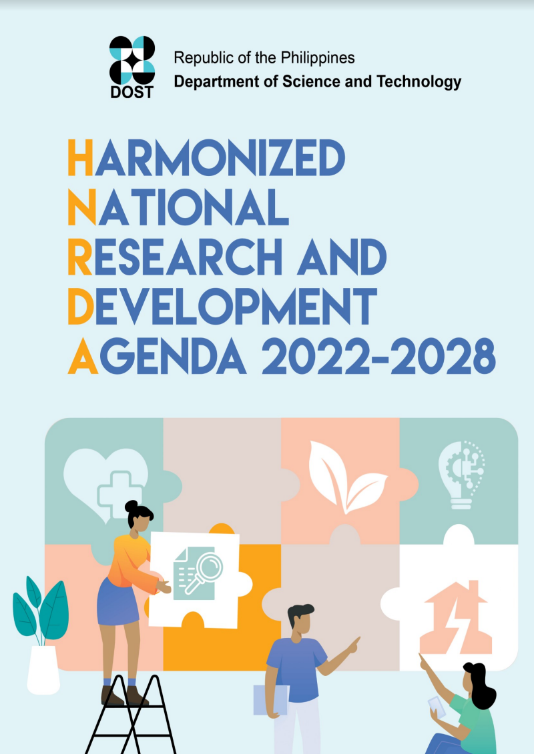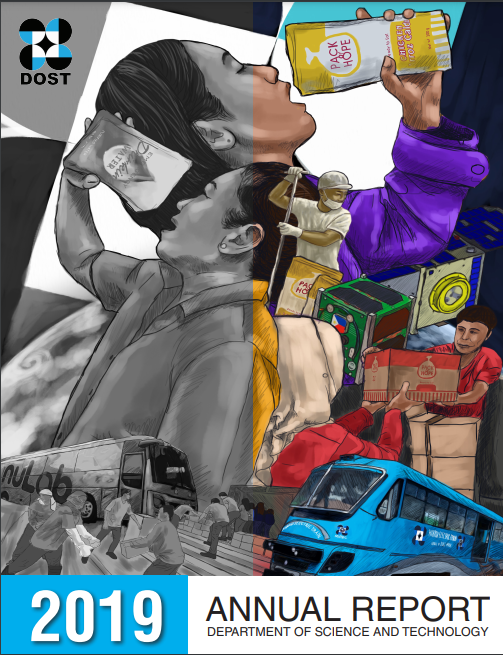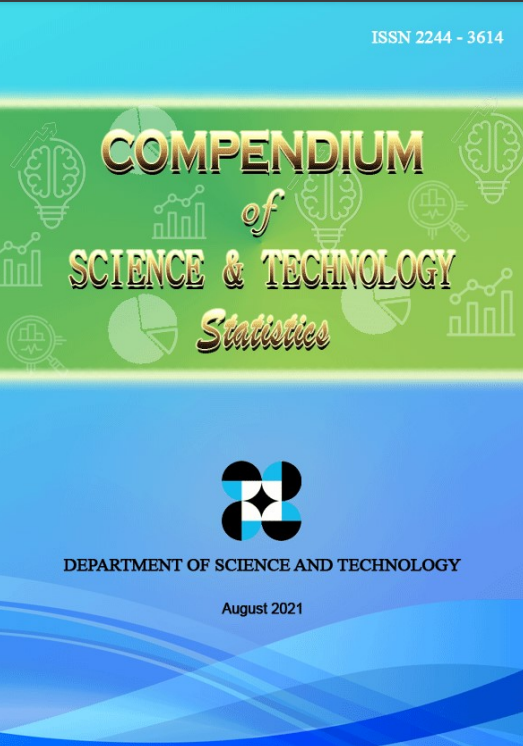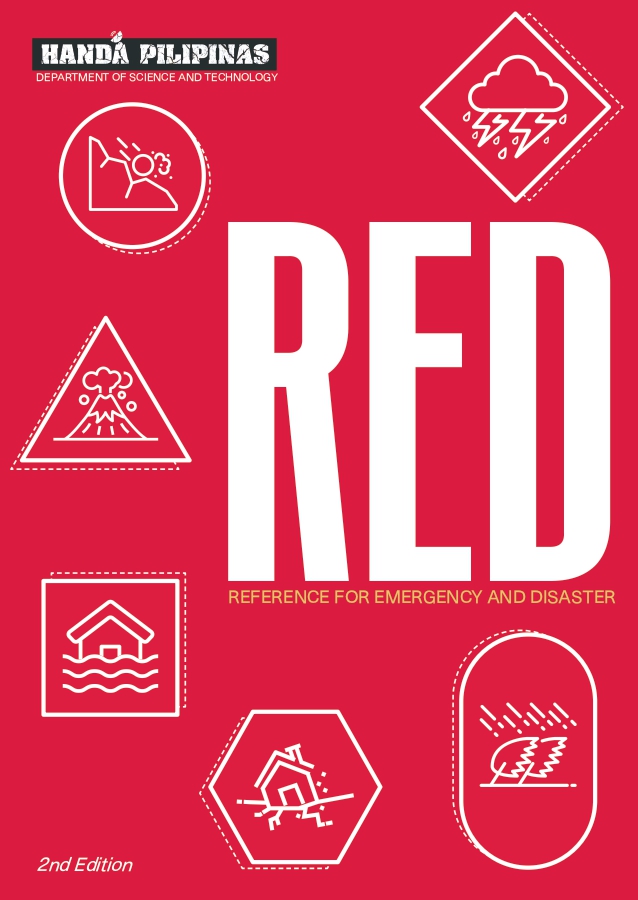The dance of sea cucumbers
- Details
- Hits: 13680
This special dance happens only on a night when the setting is conducive. Like a waiting princess, she stands with head held high, her front end raised from the bottom. Meanwhile, he watches her at a distance, shaking and tossing restlessly á la lambada. A few hours later, he releases a hazy fluid that covers them both. She follows after some minutes, releasing thousands of eggs.
The sea cucumbers have spawned. The dance was successful. In 70 days, about a thousand infant sea cucumbers, all creation of the peculiar dance, will be pitching themselves on the sea floor, waiting to start another generation or to serve as haute cuisine to predators, whichever comes first.
But for Dr. Ruth Gamboa, a marine biologist from the University of the Philippines-Mindanao, understanding the dance of the sea cucumbers is very important. Dr. Gamboa leads a three-year resource management and culture program on Holothuria scabra Jaeger, or sea cucumbers, which aims to help out a bit in producing sea cucumber babies for their research.
“We mix the sperm and the egg to come up with a new generation of sea cucumbers,” she says. Experiments so far showed that H. scabara spawns three nights after the first quarter, while another variety called Bohaschia simillis spawns three nights after the full moon. “Timing is very important,” she points out.
Where the Wind Blows
- Details
- Hits: 3818

Where the wind blows. This weather equipment called “aerovane” installed at the weather station and observatory of the Philippine Atmospheric, Geophysical and Astronomical Services Administration in Legazpi, Albay measures wind velocity and direction during typhoons. One of several PAGASA weather stations strategically located across Bicol region, the Legazpi weather forecasting facility provides reliable weather forecasting data especially during typhoons. DOST Secretary Estrella F. Alabastro made a stop at PAGASA in Legazpi during the recent Region V leg of the Small Enterprise Technology Upgrading Program (SET UP) regional visit. [Joy M. Lazcano, S&T Media Service]
Phytoremediation can restore mining-tainted soil--Balik Scientist
- Details
- Hits: 6573
Communities haunted by mining contamination can look to unique plants to fight their worst fears. “Phytomediation can help us clean tainted environment,” explains Dr. Augustine Doronila, a senior research fellow at the University of Melbourne in Australia.
Phytoremediation is the use of living plants to mop up pollution in the environment like metal contaminants in the soil, and restore ecological balance in a mining area.
Doronila recently proposed assembling a multidisciplinary research group to study the various aspects of using phytoremediation in the country. The group will be called Philippine Metalophyte Research Consortium to be based in Ateneo de Manila University. Its research mission will cover the determination of botanical, chemistry, biological, geological, ecological, and anthropological aspects of implementing phytoremediation in the Philippines.
Read more: Phytoremediation can restore mining-tainted soil--Balik Scientist
Ronpaku fellows urged to deal with climate change
- Details
- Hits: 3652
The new leadership and members of the Philippine Society of Japan Society for the Promotion of Science Ronpaku Fellows should deal with the challenges of climate change using multidisciplinary approach to help society prepare for its implications, Department of Science and Technology Undersecretary Graciano P. Yumul Jr. said.
Read more: Ronpaku fellows urged to deal with climate change









































